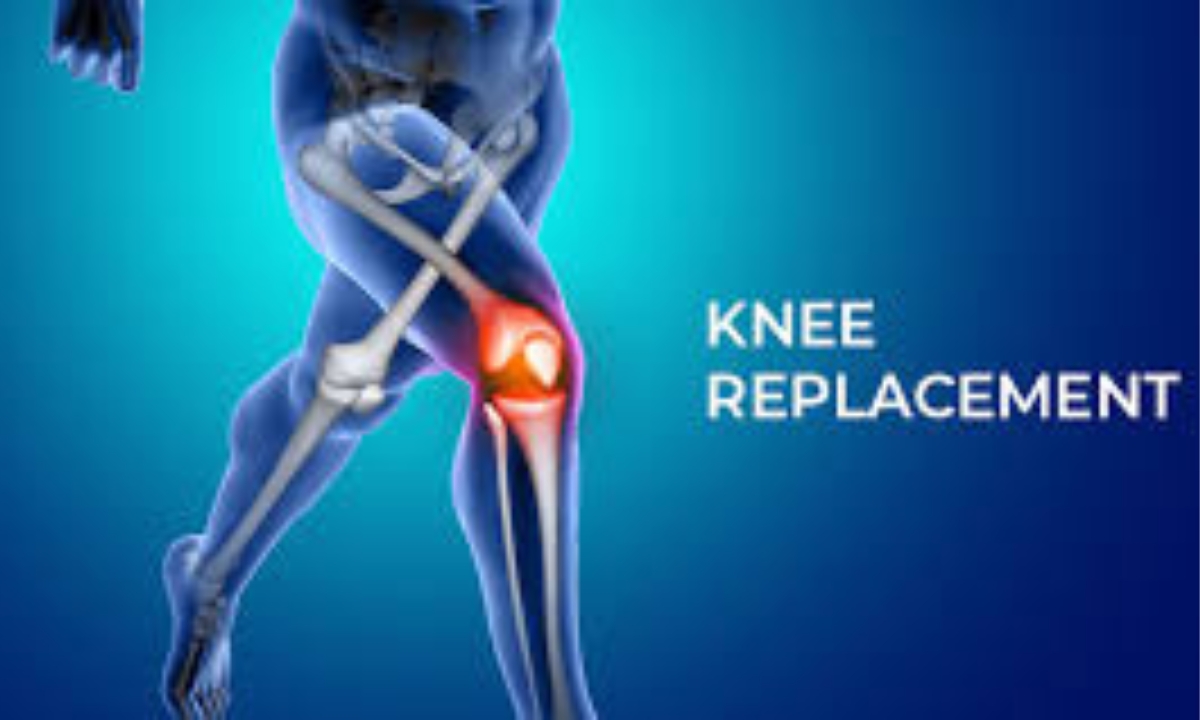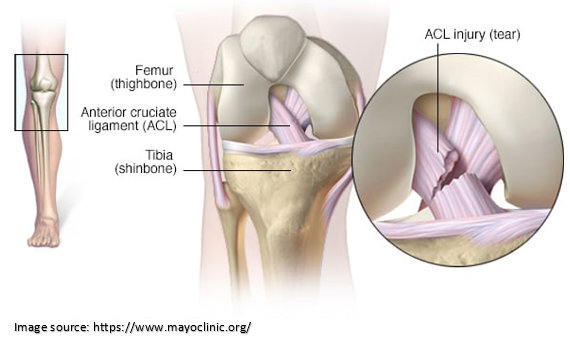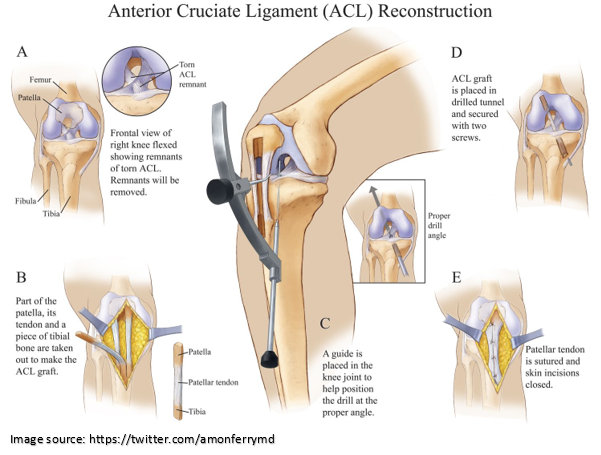ACL Reconstruction Treatment

ACL Reconstruction Treatment in Jaipur
The knee is the body's most extensive and intricate joint. Along with the four primary ligaments, several muscles, tendons, and secondary ligaments are also necessary for proper function. The movement of your shin bone is limited by the anterior cruciate ligament (ACL), which connects your thigh and shin bones.
An ACL sprain or tear is one of the most frequent knee injuries in sports. ACL injuries are more common in athletes in high-demand sports.
By reconstructing the torn anterior cruciate ligament, full knee functionality is ensured. On the other hand, the level of activity and the severity of the injury determines whether surgery is an appropriate course of action.
One of the top orthopedic surgeons in Jaipur, Dr. Dilip Mehta, is renowned for his proficiency and experience in ACL reconstruction procedures. He has gained significant technical knowledge in ACL reconstruction through years of experience. Therefore, you should consult Dr. Dilip Mehta for ACL reconstruction treatment in Jaipur.
Moreover, he offers comprehensive and premium orthopedic care to patients suffering from complex trauma fractures and other musculoskeletal issues like arthritis.
In addition, Dr. Dilip Mehta, a seasoned orthopedic doctor in Jaipur, has immense experience in joint replacement surgeries and sports injuries.
To know more about the causes, symptoms, and diagnosis of an ACL tear and ACL reconstruction surgery in Jaipur, continue reading this article.
Now, let's know,
What are the Causes of an ACL Tear?
- One of the most typical ways the ACL is injured in football is with a direct hit to the knee. As a result of the knee being twisted into this position, one or more knee ligaments are damaged.
- However, most ACL tears do not involve the knee coming into contact with anything.
- These non-contact accidents occur when runners change directions or hyperextend their knees while leaping. These movements are used in agility sports.
What are the Signs and Symptoms of an ACL Tear?
- You can feel the knee give way and hear a pop when the ACL is torn.
- A moderate pain level typically accompanies the damage, and additional exercise is generally impossible.
- Over the following few hours, the knee swells significantly, making walking impossible.
- Over the first two days, swelling and pain typically get worse before gradually getting better. However, keeping your balance over the leg will be difficult if the pain does not subside.
- Additionally, standing or pivoting over the knee "gives way" (buckles).
- If left untreated for long, it can result in the injured knee losing strength, necessitating a knee replacement.
- Activities that require twisting and pivoting the leg cannot be resumed. A single, long-term ACL fracture would not be able to hurt the knee. However, if there is additional structural damage or if there has been extended negligence, the pain may worsen.
- An ACL injury shouldn't be ignored before any pain starts to manifest.
When is an ACL Reconstruction Required?
When an ACL is torn, patients mostly ask a common question to Dr. Dilip Mehta, one of the best orthopedic surgeons in Jaipur, "Will I Need Surgery?" The answer will depend on who you ask.
When deciding on the appropriate course of action, you and your surgeon must consider a few things.
The following aspects need to be considered:
- Your level of activity and expectations
- The existence of associated injuries (meniscal and cartilage tears, etc.)
- Abnormal knee laxity
Younger patients who want to return to athletics or lead a physically active life but have knee laxity and an ACL tear often need surgery. Elderly patients are less likely to need surgery if they can resume light activity.
Any situation can benefit from exercises to help regain full range of motion for the knee. It is followed by exercises to strengthen the knee's surrounding muscles.
You can resume sports with or without a brace only after your balance, coordination, and leg mobility have nearly returned to normal levels.
Long-term studies have shown that a non-functioning ACL brought on by a complete tear contributes to further joint damage. Therefore, surgery at the right time is the best course of action to reconstruct the ACL.
Let's understand,
How is ACL Tear Diagnosed?
 The pain associated with an ACL tear is generally so intense that you must seek emergency medical attention. The examination of the leg by the doctor will most likely reveal which ligaments are damaged. Though, some joint surface conditions are more difficult to find.
The pain associated with an ACL tear is generally so intense that you must seek emergency medical attention. The examination of the leg by the doctor will most likely reveal which ligaments are damaged. Though, some joint surface conditions are more difficult to find. - If there is swelling, it can be challenging to diagnose a tear. It may need an X-ray and/or MRI scan to make a precise diagnosis.
What are the Steps Involved in ACL Reconstruction?
 Several surgical techniques have been developed for the knee with an ACL tear. Years of practice have demonstrated that simply sewing the ligament together rarely succeeds.
Several surgical techniques have been developed for the knee with an ACL tear. Years of practice have demonstrated that simply sewing the ligament together rarely succeeds.- Due to this, current procedures include reconstructing the ACL by developing a new ligament from tissue taken from nearby tendons.
- To create a new ACL, the surgeon inserts this tissue into drill holes in the thigh and shin bones and then fixes it with implants. Your knee's graft eventually develops into a living ligament.
What to Expect After ACL Reconstruction?
- Knee rehabilitation after an ACL reconstruction requires time and effort. Your profession determines the time off you need:
- Construction workers typically return after a month, whereas desk-based employees usually resume after one to two weeks.
- Athletes can re-join sports after 4 to 6 months.
- Rehabilitation is based on a person's activity level and rate of recovery.
- ACL surgery has an excellent success rate on average. According to several studies, over 98 percent of patients can resume regular activities, such as work and sports, without suffering knee instability.
- Although some patients experience stiffness and discomfort following surgery, new surgical techniques have lessened these issues.
